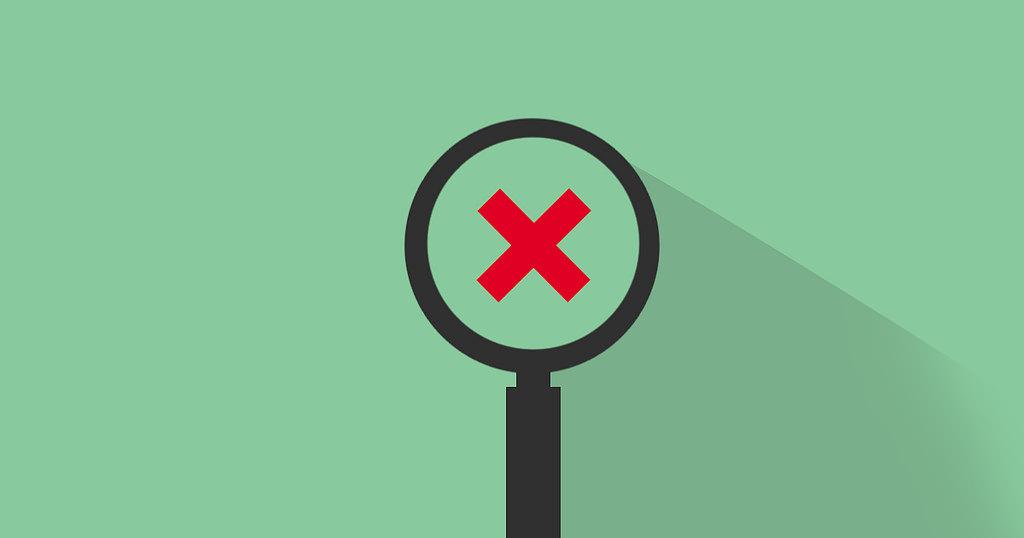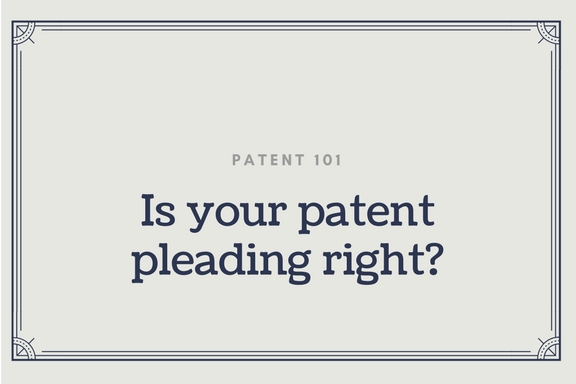
It is highly disillusioning to see an inventor invest tonnes of time, money, and energy in coming up with a new product, only to be turned down by the patent office and denied exclusive rights over his invention. Many times this rejection is due to the failure of accurately evaluating the patentability of your invention. Patents are a costly affair. So, when you invent a product, the first thing that needs to be done is to assess its patentability. To prevent incurring financial losses and the disappointment that comes with rejection, here is a checklist to determine whether you should or should not patent your invention:
Is Your Invention Innovative?
Are you sure your invention is original? When inventors conduct a patent search, they often miss out on some crucial databases and sites. They proceed with the process of patenting their invention with the misconception that their product is entirely original and eventually face a rejection. A thorough search may help you identify the state of innovation in your given field. If you come across similar invention, dig into the details to identify the major differences between what it is describing and your invention. Your invention must differ from all existing, patented and unpatented inventions. Patent lawyers and agents can help you determine the uniqueness of your invention.
Is Your Invention Evident to Skilled People in the Field?
If the answer to this question is a yes, then your invention is likely not patentable. Non-obviousness is one of the critical requirements to patent an invention. For example, someone invented a basic cheesecake. You thought it could be made in different flavours, and invented a blueberry cheesecake. Now, this would be obvious to those skilled in culinary arts and they could have easily guessed it. While this was a very basic example, it shows that your invention needs to be an out of the box idea, which wouldn’t strike to an expert in the field. When asked, many inventors will tell you that it was obvious for them to create their invention. This is not an indication of non-obviousness as it is the knowledge of the person skilled in the field, and not the inventor, that determines non-obviousness.
Is it Commercially Viable?
There are a lot of patented products that have no commercial value. As an example, a portable nuclear fallout shelter would only be required in the event of a nuclear bomb attack. As a result, this type of product has low commercial value. Assessing your invention’s marketability is an important factor in determining whether you should go through the patent process. After all, it is not always apt to invest time and money to patent a product with very little market value. Take a close look at your invention and ask a trusted expert to provide their opinion. If your invention is likely to have good commercial value then it may be worth the time and money required to patent it.
Is Your Invention Solving Any Problems?
If your invention is serving no purpose, then it is hardly useful and will not be entertained by the Canadian Intellectual Property Office. Functionality is an important aspect of patentability. If the invention does not work, it does not meet the requirements for patentability. The best inventions are the ones that provide solutions to the problems of the customer or are improvements to existing inventions.
If you have an invention and want to patent it, it is recommended that you consult patent lawyers or agents to assist with the process. Since patent lawyers and agents are well-versed with the Canadian Intellectual Property Law, they can provide you with reliable tips and guide you through the entire patenting process.




